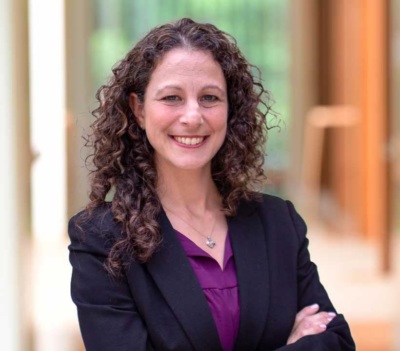
Using the news to develop students’ critical thinking
By Pamela Brunskill
Students today are immersed in a news and information landscape that pervades every aspect of their lives. From TikTok to Instagram to Twitter, they are inundated with posts, and many of them are not credible or legitimately grounded. It is difficult to know what is true. Because this environment is complex and riddled with misinformation, it provides a prime opportunity to authentically develop students’ critical thinking abilities.
Critical thinking defined
One of the most highly sought goals of educators is to get students to think critically. In a rough sense, this involves the skills and dispositions necessary to make an informed judgment. According to a meta-analysis on the subject, critical thinking is purposeful, methodical, and habitually inquisitive. Critical thinkers have the skills to interpret, analyze, and evaluate content; they are diligent and persistent in considering a question, and they approach life honestly and with an open mind.
While there is some debate whether the best approach to teaching critical thinking is through generic traits or through discipline-specific skills, a compromised approach allows students to develop both. If we follow the belief that students need context to accurately reason about a subject, then they must have some background knowledge in that subject. How else can they think critically about something? Further, how would that naive thinking compare to that of experts in the field? Regarding the news and information landscape, if students are going to think critically and be discerning with the content they share, then they must learn news literacy.
How to use news literacy to teach critical thinking
Step 1: Develop disciplinary literacy in the news
In an era of misinformation, students can evaluate information by learning how news is made. This includes explicit instruction in concepts and content such as identifying different types of information, recognizing the purpose or intent of pieces, understanding the watchdog role of the press, and recognizing quality arguments and evidence. It also includes explicit instruction of skills such as evaluating sources, identifying branded content, recognizing bias and motivated reasoning, and verifying evidence. Of course, students also need to demonstrate understanding of these concepts and practice these skills. In so doing, they gain disciplinary literacy, the notion of specialized reading practices for a field of study. Often, disciplinary literacy is framed as thinking like a mathematician, a historian, or a computer programmer. Regardless of the content area, students gain greater depth in their understanding of the underpinnings of that discipline. In this case, students learn to “think like a journalist.”
Example of developing disciplinary literacy: Jennifer Liang Twitter thread
Step 2: Teach topical content
Once students comprehend how news is made, they can deconstruct it and analyze its creation. But they also need the context surrounding the piece of news they’re reading and/or studying. To this end, teachers should provide explicit instruction in the topic at hand, whether it involves immigration, global warming, sports, health, statistics, or any other content area. This is where each discipline offers its own guidance, and as with all good teaching, this requires an effective approach to tackling reading comprehension. This might include studying vocabulary, writing about text through think sheets and short responses, and discussions, among other strategies. Then, students can explain a disciplinary concept such as immigration and explain why not all images of border walls are accurately portrayed in memes.
Why news literacy?
Of course, integrated studies between all subjects are possible, but there is a special partnership between English and social studies in relation to news literacy. The stakes are high: think about the consequences of misinformation as well as the potential for civic action. A lack of news literacy threatens democracy and our public health — just look at the conspiratorial thinking that led to the Capitol riots and erroneous claims about COVID-19. Conversely, when individuals have the competency to judge reliable and credible news, they can take civic action such as correcting a piece of misinformation, contacting elected officials, and participating responsibly in political discussions. Being accurately informed is crucial to participating in a democracy.
Example of disciplinary-specific content: Conspiratorial Thinking poster
Critical thinking is critical in today’s world
Using the news in classrooms can authentically develop higher-level thinking skills and dispositions. Combining understanding of how journalism works along with topical content allows students to determine the credibility of information they encounter. This integration enables students to interpret, analyze, evaluate, explain, and make judgments — to think critically. By teaching news literacy, we can teach students the skills and habits of mind to not only navigate today’s information landscape, but also to navigate our society.

